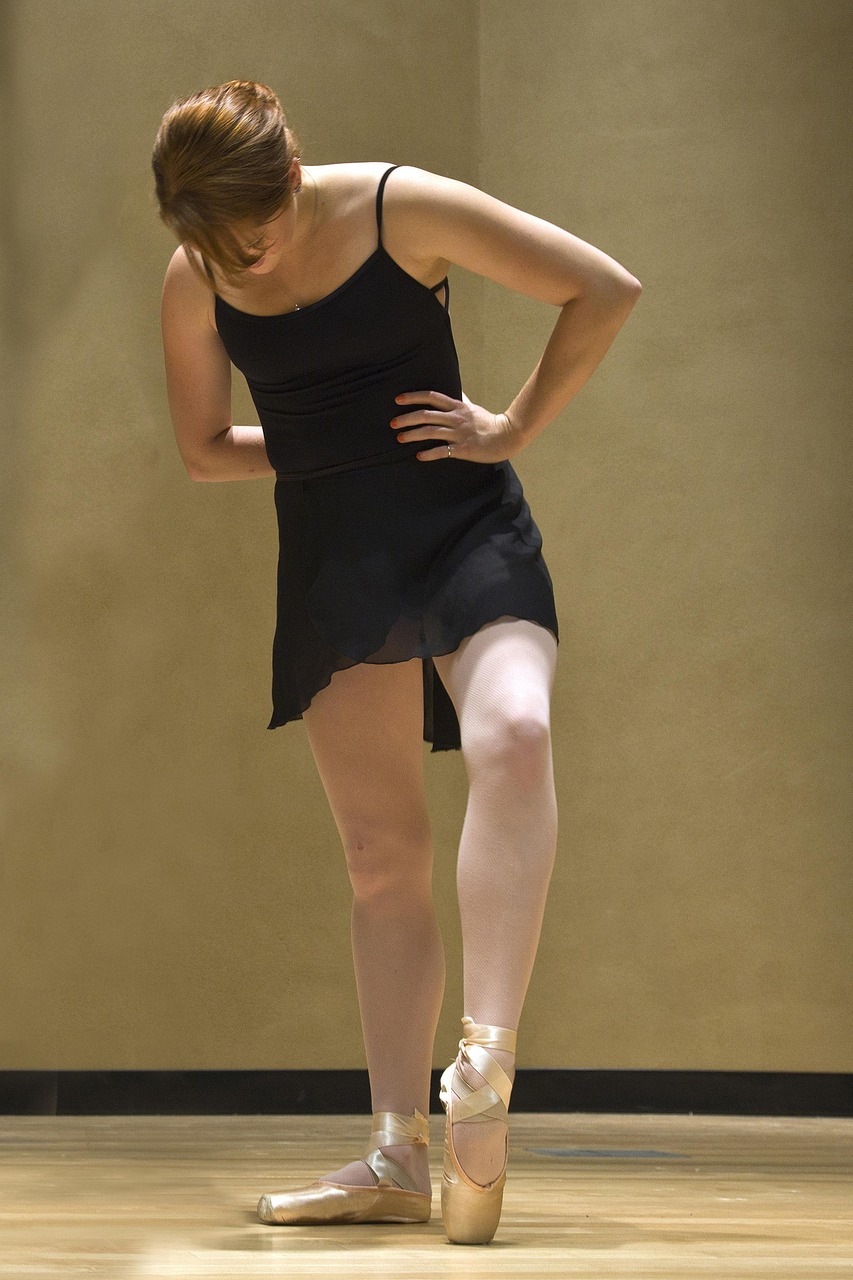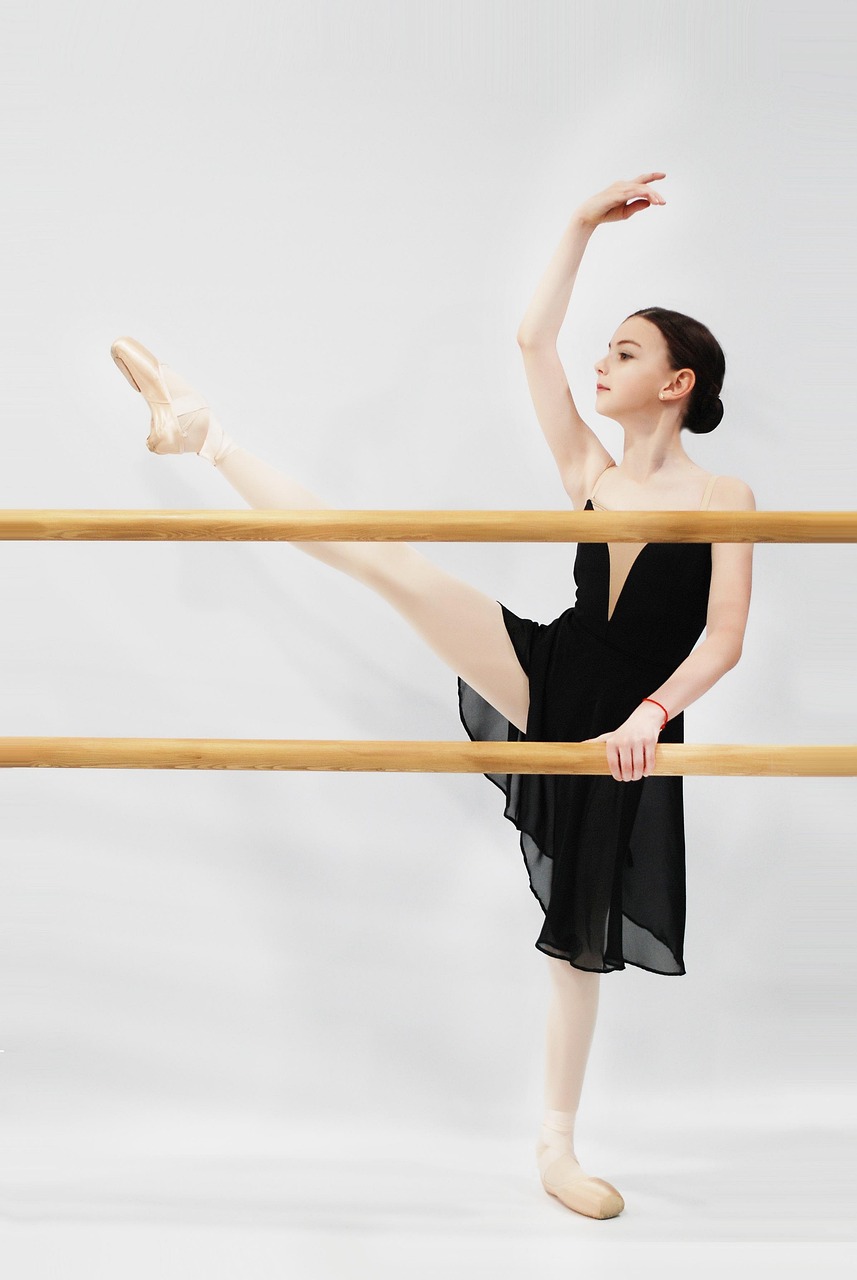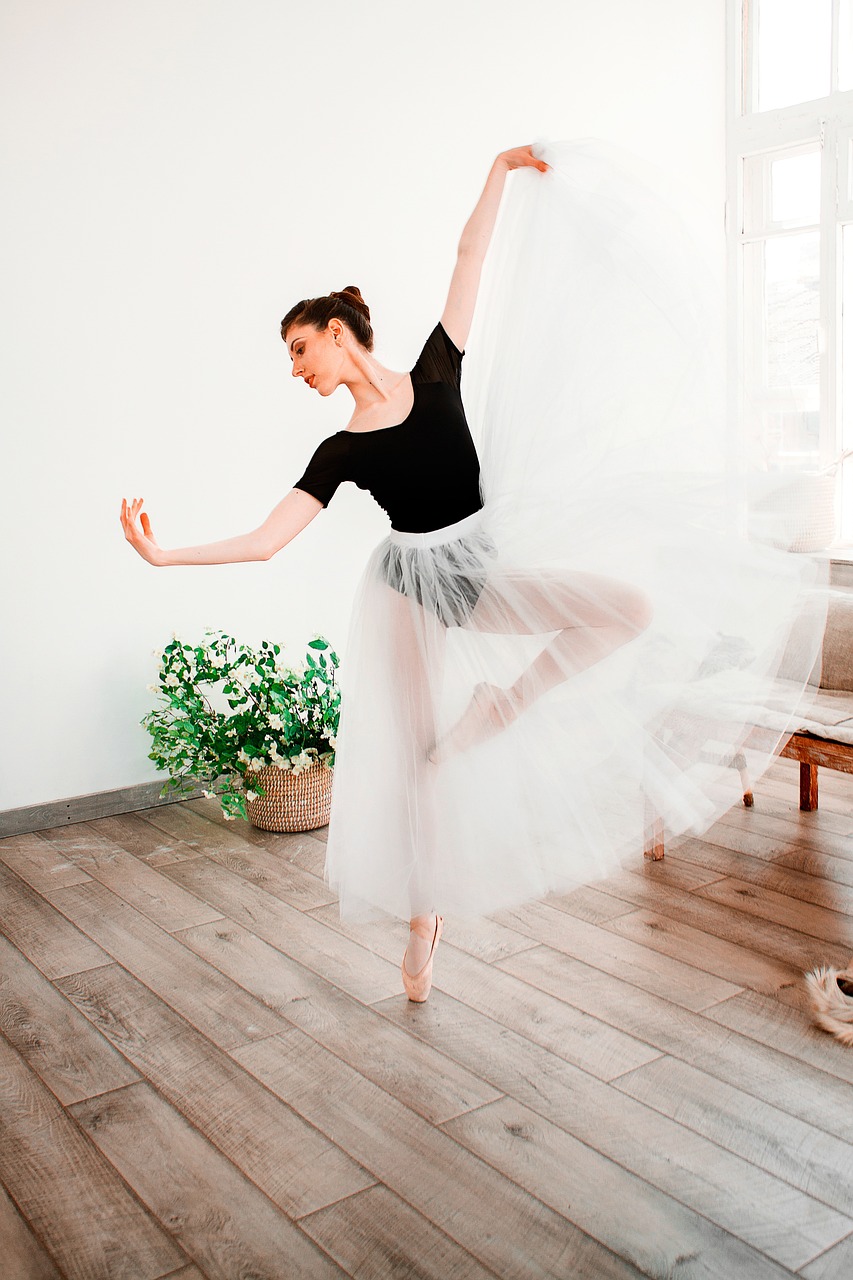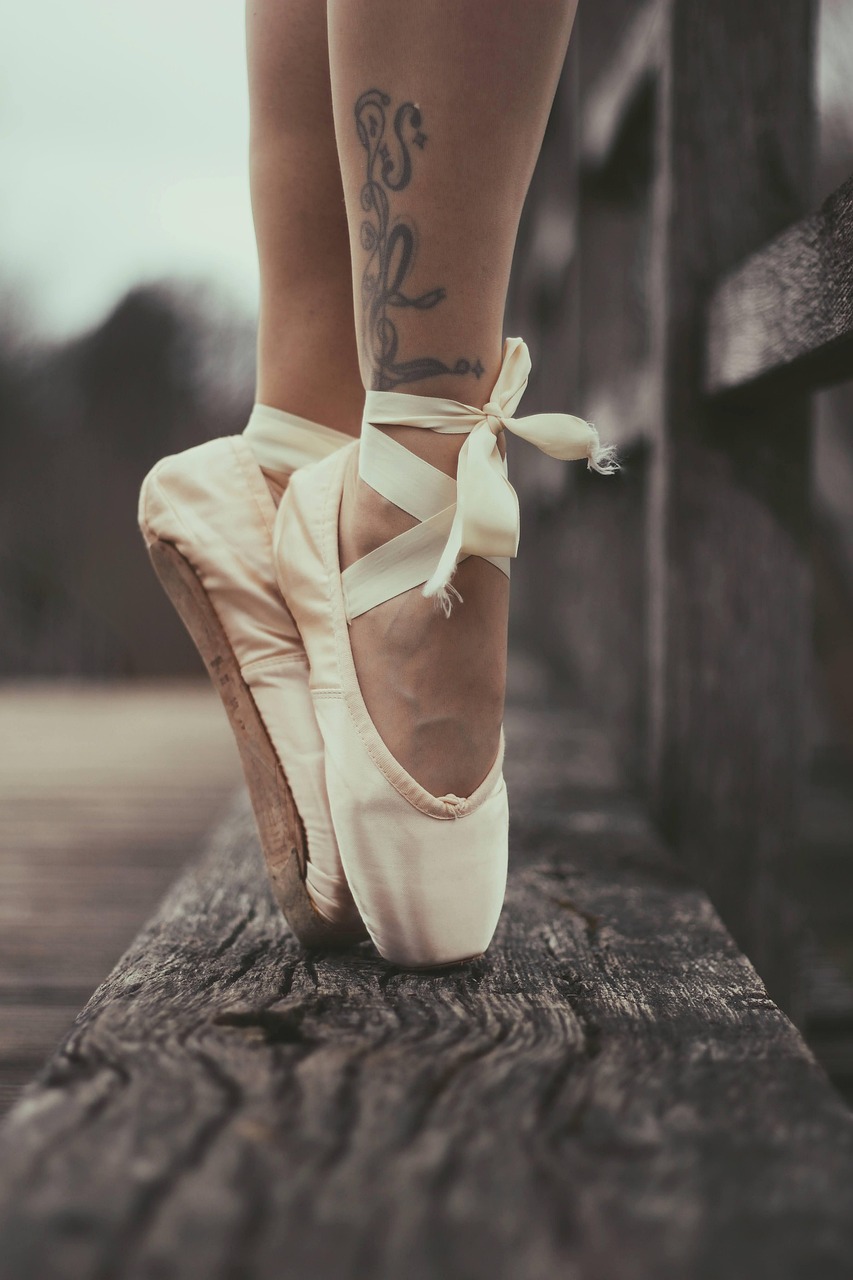TL;DR
- Respect punctuality, personal space, and instructor guidance in the studio.
- Maintain cleanliness, proper attire, and a positive attitude.
- Avoid distractions, comparisons, and unsafe behaviors.
- Communicate openly and follow studio-specific policies.
- Etiquette fosters a supportive community and enhances your learning experience.
Ballet is a disciplined art form that thrives on mutual respect and shared space. Whether you’re a complete beginner or returning to dance, understanding studio etiquette ensures a positive experience for everyone. Good etiquette isn’t just about following rules—it’s about creating a safe, focused, and inspiring environment. This guide covers the essential dos and don’ts of ballet studio etiquette, helping you navigate your classes with confidence and grace.
Why Etiquette Matters in Ballet
Ballet studios are communal spaces where dancers of all levels share resources and energy. Proper etiquette promotes safety, respect, and efficiency.
- Safety First: Clear boundaries prevent accidents and injuries.
- Respectful Environment: Shows consideration for instructors, peers, and the space.
- Better Learning: A focused atmosphere allows everyone to concentrate and improve.
- Community Building: Fosters camaraderie and support among dancers.
Remember, etiquette varies slightly by studio, so observe and ask if unsure.
Arrival and Preparation
Arriving prepared sets a professional tone and shows respect for the class schedule.
- Be Punctual: Arrive 10-15 minutes early to change, warm up, and settle in. Late arrivals disrupt the flow.
- Dress Appropriately: Wear clean, fitted attire that allows movement. Avoid strong perfumes or lotions that might bother others.
- Prepare Your Space: Place belongings neatly in designated areas. Keep the studio floor clear of water bottles or bags.
- Warm Up Quietly: Use pre-class time for gentle stretches, not loud conversations or phone use.
Preparation demonstrates commitment and helps you focus from the start.
During Class: Respecting the Flow
Once class begins, maintain focus and courtesy to support the instructor and group.
- Follow Instructions: Listen attentively and apply corrections promptly. Ask questions respectfully if needed.
- Maintain Personal Space: Keep a safe distance from others, especially during turns or jumps. Be aware of your surroundings.
- Stay Engaged: Participate fully without distractions like phones or side conversations. If you need a break, step aside quietly.
- Use Mirrors Wisely: Glance for form checks, but don’t stare or compare yourself to others excessively.
Active participation creates a dynamic, supportive class atmosphere.
Interacting with Others
Ballet is collaborative; your behavior affects the group’s energy.
- Be Encouraging: Offer positive feedback or smiles to fellow dancers. Avoid criticism or gossip.
- Respect Levels: Don’t offer unsolicited advice to beginners or advanced dancers unless invited.
- Communicate Needs: Politely inform the instructor of injuries or modifications needed.
- Share Equipment: If using shared props like resistance bands, clean and return them promptly.
Kind interactions build a welcoming community.
After Class: Wrapping Up Gracefully
End class thoughtfully to leave a positive impression.
- Cool Down Properly: Perform stretches as directed, then exit the floor for others.
- Clean Up: Wipe down any equipment used and dispose of trash. Leave the space as you found it.
- Thank the Instructor: A simple “thank you” shows appreciation for their time and expertise.
- Reflect and Depart: Take a moment to note what you learned, then leave quietly to allow the next class to prepare.
Proper closure reinforces good habits and respect.
Common Mistakes to Avoid
Steer clear of these pitfalls to maintain harmony in the studio.
- Don’t Block Mirrors: Position yourself thoughtfully; others need to see their form too.
- Avoid Strong Scents: Skip heavy deodorants or essential oils that might trigger allergies.
- No Food or Gum: Chewing disrupts focus and can be unhygienic.
- Don’t Film Without Permission: Respect privacy; ask before recording.
- Refrain from Comparisons: Focus on your progress, not how you measure up to others.
Awareness of these helps you blend in seamlessly.
Conclusion
Ballet studio etiquette is the foundation of a thriving dance community. By prioritizing punctuality, respect, and mindfulness, you’ll not only enhance your own experience but also contribute to a positive space for all. Etiquette becomes second nature with practice—observe, learn, and enjoy the artistry of ballet in harmony with others. Happy dancing, and may your studio time be filled with growth and joy!



